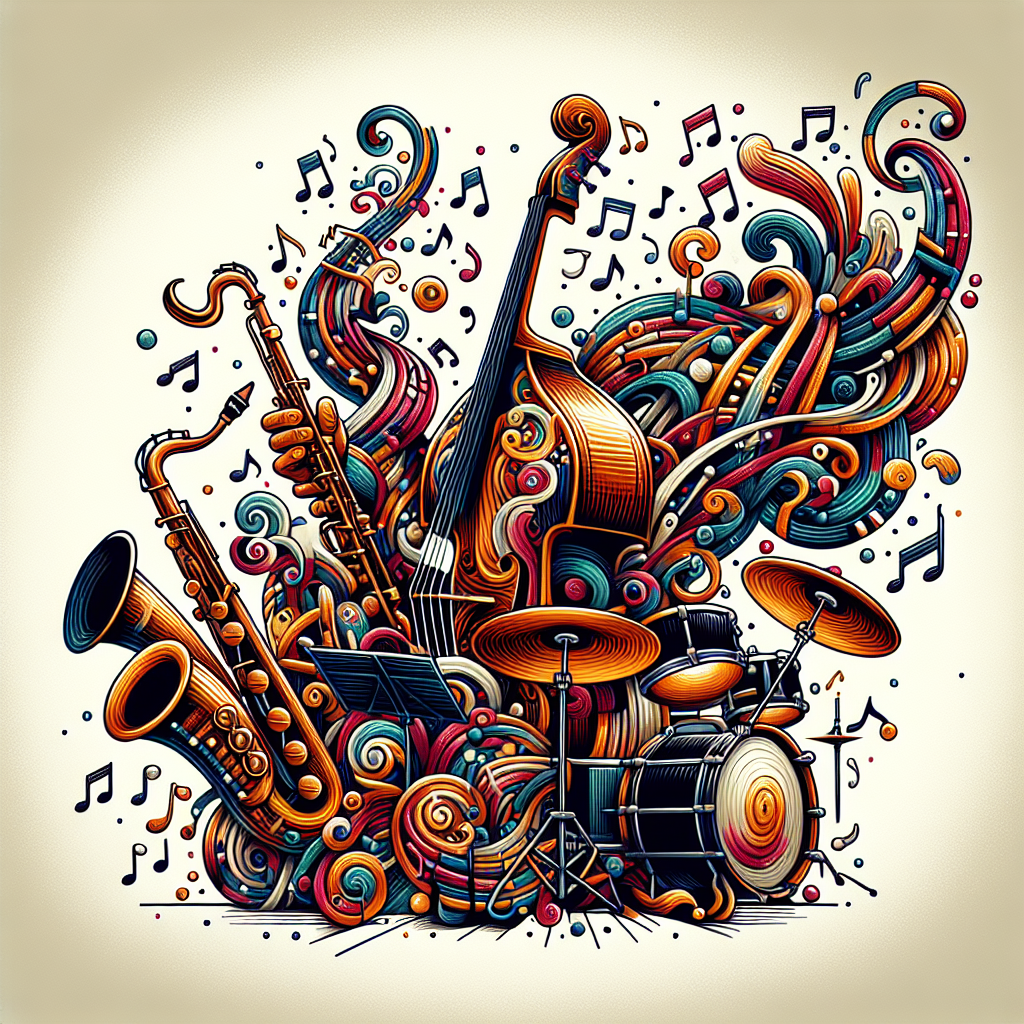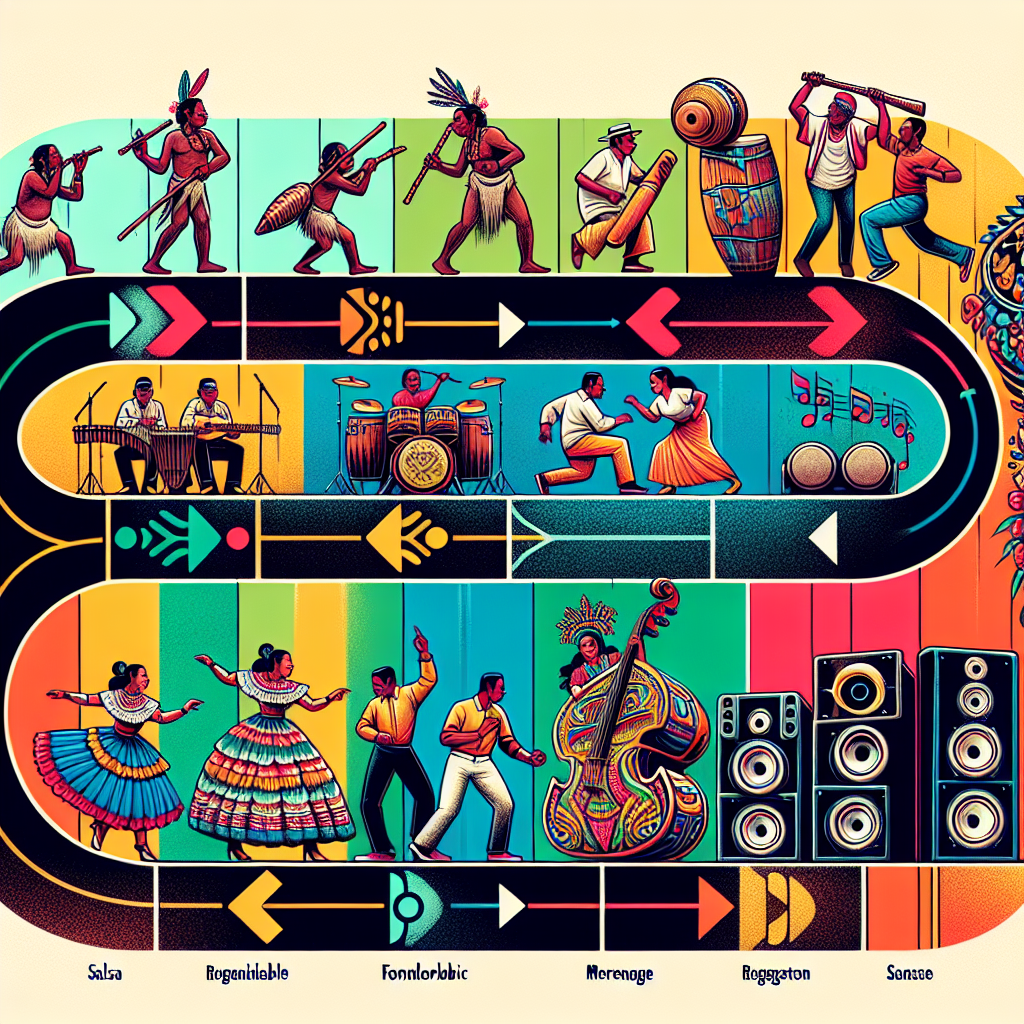Jazz improvisation is considered a significant element in the performance of jazz music. Improvisation in jazz is the process of spontaneously creating fresh melodies over the continuously repeated cycle of chord progressions of a tune. The improviser may rely on the scales, melodies, and rhythms, yet is free to create a novel melody while adhering to the fundamental structure and character of the original chord progressions. This essay will provide a comprehensive guide to understand the art of jazz improvisation better.
Theory and Improvisation
Learning the theory is a significant starting point in the journey of jazz improvisation. The theory will provide you with the knowledge about the harmony, melody, and rhythm, the construction blocks of a tune. You will understand the structure of a song, the chord progressions and time signature, which are the foundation of improvisation in jazz.
Learning Licks
“Licks” are pre-composed musical phrases one can use as a foundation for improvisations. One way to develop your improvisation skills is to learn as many licks as possible, internalize them and make them part of your musical vocabulary. These licks then serve as the starting point from which your improvisational skills can expand and evolve.
Listening and Transcribing
One of the best ways to learn jazz improvisation is to listen to the masters and the pioneers. Legends like Charlie Parker, Dizzy Gillespie, Thelonious Monk, Miles Davis are not just performers but they are also the teachers. They have had an extraordinary sense of improvisation which can inspire aspiring jazz musicians.
Transcribing is another essential method of learning improvisation. It is the process of listening to a recorded jazz performance and then notating it. It can tremendously improve your understanding of improvisation techniques, scales, and modes used by the masters.
Practice
No guide to jazz improvisation would be complete without emphasizing the importance of practice. You must dedicate time daily to practice scales, licks, and to improvise over different chord progressions until they become second nature to you.
Conclusion
Understanding the art of jazz improvisation requires a grasp of certain skills including learning theory, mastering licks, listening and transcribing, and practicing regularly. Yet, it also requires you exploring and expressing yourself as an artist. Improvisation is a journey of expressing your unique musical vision within the structure of a jazz tune. Keep practicing, keep evolving, and let your creativity drive your improvisation.
FAQs
1. Is it necessary to know music theory to improvise in jazz?
Yes, understanding music theory is vital as it helps you comprehend the structure, rhythm, and progression of the melody. However, it should not limit your creativity.
2. How important is it to listen to jazz music?
Listening to jazz is extremely important, as it exposes you to different styles and techniques of improvisation, which you can incorporate into your own performance.
3. What is the role of ‘licks’ in improving musical improvisation?
‘Licks’ are pre-meditated musical phrases that can be used as an inspiration for creation of your own improvisations. It helps in expanding your improvisation vocabulary.
4. What is meant by ‘transcribing’ in the context of musical improvisation?
Transcribing is the process of listening to a recorded jazz performance and then notating it. This helps in understanding and learning the techniques and styles of their improvisation.
5. How can one improve their jazz improvisation skills?
Improving jazz improvisation skills requires a combination of understanding and practicing music theory, learning licks, transcribing, listening to jazz extensively, and most importantly regular and committed practice.




